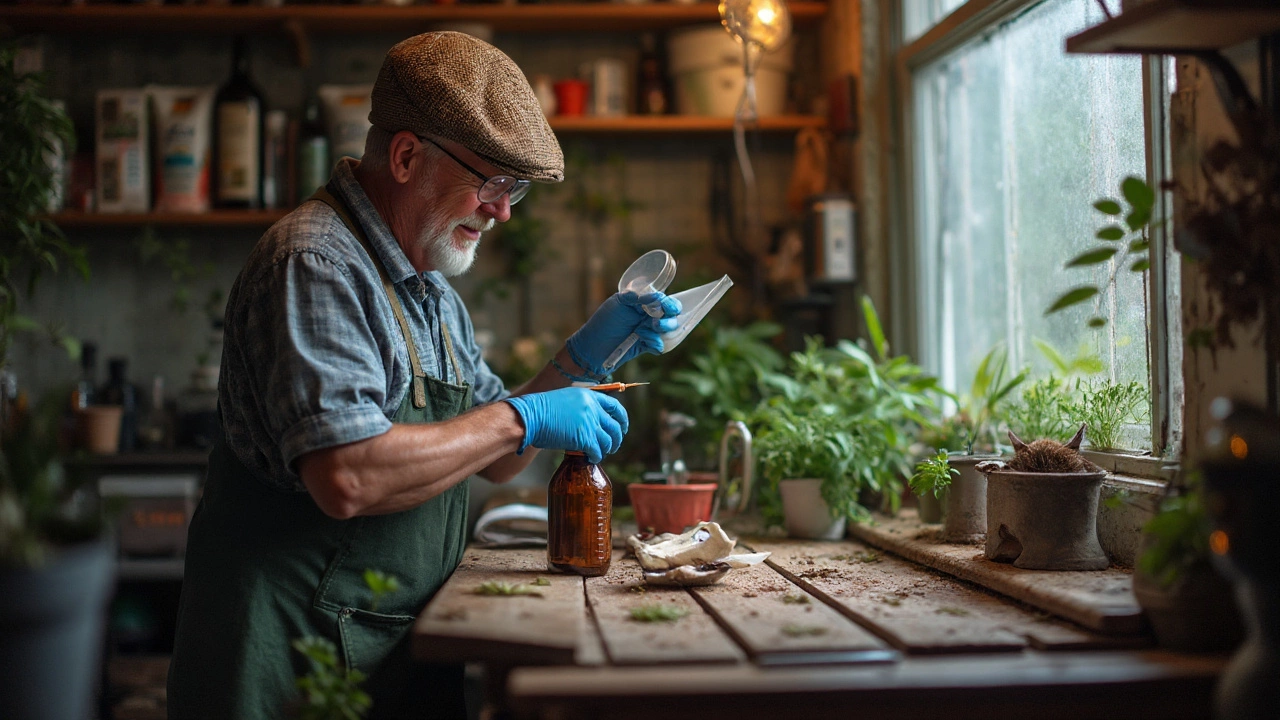Eco-Friendly Pest Control: Keep Pests Out Without Harm
Got a pest problem but don’t want to flood your garden with chemicals? You’re not alone. More people are choosing green pest control because it works and it’s safer for kids, pets, and the planet. Below you’ll find easy ways to tackle common pests using natural methods that actually deliver results.
Why Choose Eco-Friendly Pest Control?
First off, natural products break down quickly, so they won’t linger in soil or water. That means you reduce the risk of contaminating your drinking supply or harming beneficial insects like bees. Second, many eco‑friendly solutions are cheaper than their synthetic counterparts. A bottle of neem oil or a bag of diatomaceous earth can protect a whole yard for months. Finally, using safe methods gives you peace of mind – no more worrying about toxic sprays drifting into the house.
Practical Eco-Friendly Pest Solutions
1. Neem Oil for Insects
Neem oil is a plant‑derived oil that disrupts the life cycle of aphids, whiteflies, and spider mites. Mix a teaspoon per litre of water, spray on leaves early morning or late evening, and repeat every week. It’s safe for most plants and won’t burn your lawn.
2. Diatomaceous Earth for Crawlers
Food‑grade diatomaceous earth is a fine powder made from fossilised algae. Sprinkle it around the base of plants, under garden furniture, or along entry points. It scratches the exoskeleton of ants, slugs, and beetles, causing them to dehydrate. Re‑apply after heavy rain.
3. Garlic & Chili Spray
Blend two cloves of garlic, a small red chilli, a cup of water, and a splash of dish soap. Let it sit for a few hours, strain, and spray on foliage. The strong scent deters deer, rabbits, and many chewing insects.
4. Beneficial Nematodes for Soil Pests
These tiny worms hunt grubs, beetle larvae, and fungus gnats in the soil. You can buy them in a powder that you mix with water and apply with a watering can. They work silently underground and disappear after a few weeks.
5. Traps and Physical Barriers
Sometimes the simplest fix is a sticky trap for fruit flies or a light trap for moths. Seal cracks around doors, windows, and the foundation to keep rodents out. A rubber sleeve on a garden hose can stop snails from climbing.
When you combine a few of these tactics, you get a layered defense that’s hard for pests to overcome. The key is consistency – check your garden weekly, re‑apply sprays after rain, and keep the area tidy. Remove standing water, mow regularly, and store firewood away from the house to cut down on hiding spots.
If you’re not sure which method fits your situation, start with the simplest: a neem oil spray for leaf‑eating insects and diatomaceous earth for ground crawlers. Watch the results for a couple of weeks, then add more tools as needed. You’ll soon see fewer pests and a healthier garden without reaching for harsh chemicals.
Eco-friendly pest control isn’t a one‑size‑fits‑all answer, but it gives you control over what’s entering your home and yard. By choosing natural solutions, you protect the environment, keep your family safe, and still get the pest‑free space you deserve.

Eco‑Friendly Pesticides That Work: Safe Options for Home Gardens and Yards
Practical, proven eco-friendly pesticides and how to use them safely. Clear picks, dosages, timing, and pet-safe tips so your garden thrives without harsh chemicals.
Read More